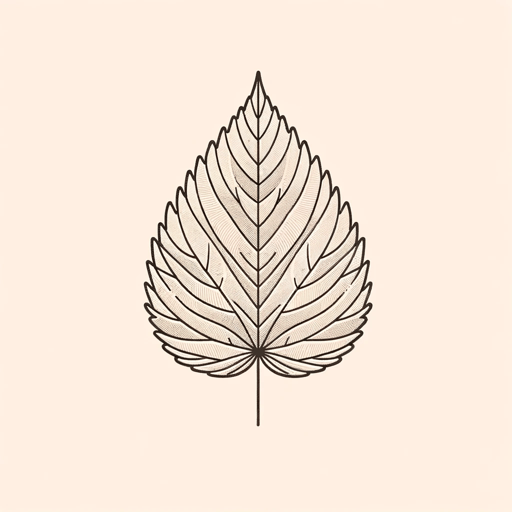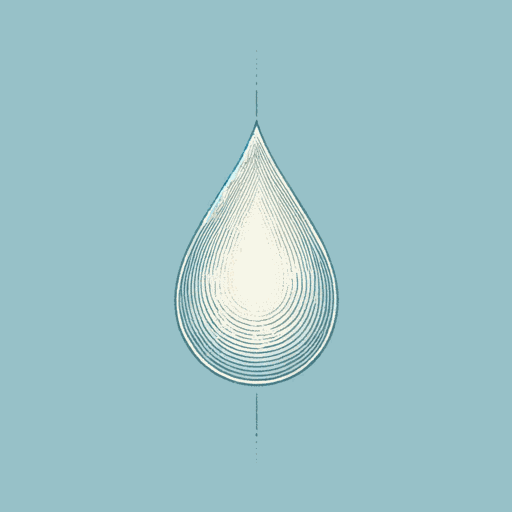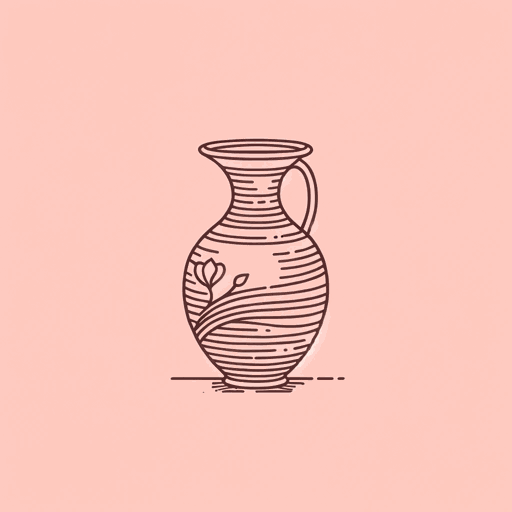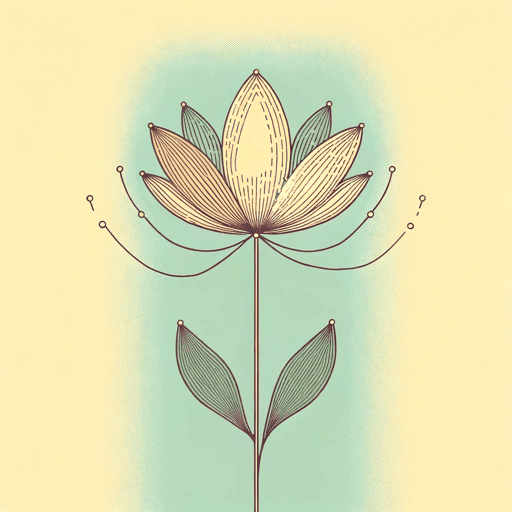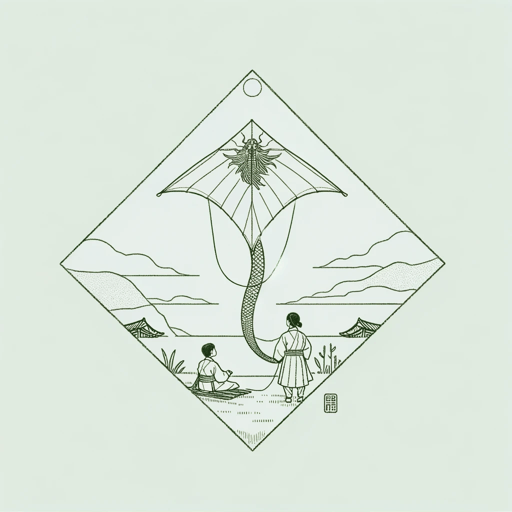43 pages • 1 hour read
Linda Sue ParkProject Mulberry
Fiction | Novel | Middle Grade | Published in 2005A modern alternative to SparkNotes and CliffsNotes, SuperSummary offers high-quality Study Guides with detailed chapter summaries and analysis of major themes, characters, and more.
Background
Cultural Context: Sericulture and Embroidery
Content Warning: This section references wartime violence and sexual assault.
Sericulture, or the study of silkworms and silk production, originated in China about 5,000 years ago and spread to Korea around 200 BCE, at least in part due to Korea’s placement along the Silk Road. Silkworms (Bombyx mori) are attracted to mulberry leaves via a chemical called cis-jasmone; the silk produced from their cocoons is not only aesthetically appealing but broadly useful, being both strong and suitable for warm and cold temperatures. Traditional Korean clothing, called hanbok, is made from silk (often colorfully dyed).
Korean embroidery also has a rich and colorful history, and silk thread embroidery is common. When using silk, Chinese, Japanese, and (North) Korean embroiderers often use poonsasil, “thread that is not twisted when it is extracted from a cocoon, allowing artisans to create realistic works, though [...it] can be easily damaged” (Park, Sang-Moon. “This Master Embroiderer Uses Every Stitch to Restore and Promote the Craft.” Korea JoongAng Daily, Korea JoongAng Daily, 3 Dec. 2020). During the Joseon Dynasty (1392-1910), embroiderers for the royal family used a unique technique called jaritsu that involved twisting multiple silk strands together into a single thread.
Related Titles
By Linda Sue Park
